The precious metals market has experienced extraordinary momentum throughout 2025, with both gold and silver delivering remarkable returns that have outpaced traditional investments. As we navigate the final weeks of 2025 and look toward 2026, many investors are asking themselves a fundamental question: should they choose gold or silver? The answer isn’t straightforward—both metals offer distinct advantages, and the best choice depends on your investment goals, risk tolerance, and time horizon.
This guide breaks down everything you need to know about investing in gold versus silver during this crucial period, helping you make an informed decision that aligns with your financial objectives.
2025 Performance: A Historic Year for Precious Metals
Before diving into the comparison, let’s acknowledge what’s already happened in 2025. Gold has surged approximately 47% through mid-October, reaching record levels around $3,896 per ounce. Silver, however, has stolen the show with an even more impressive 62% rally, soaring past $48 per ounce and outperforming nearly every major asset class, including cryptocurrencies, equities, and bonds.
These gains haven’t been driven by speculation alone. Instead, they reflect fundamental shifts in global economics, geopolitics, and industrial demand. Central banks worldwide have accelerated their gold purchases as part of broader de-dollarization strategies. Meanwhile, industrial demand for silver has reached unprecedented levels, driven by the green energy transition, electric vehicle proliferation, and advanced electronics manufacturing.
Should You Buy Gold or Silver in 2025? The Answer Depends on Your Goals
Gold: The Traditional Safe Haven
Gold remains the quintessential safe-haven asset. When global uncertainty rises—whether from geopolitical tensions, trade wars, or financial market instability—investors traditionally turn to gold. This has been reinforced throughout 2025 as central banks continue accumulating gold reserves, particularly in non-Western nations pursuing de-dollarization strategies.
From a portfolio perspective, gold serves as insurance. It tends to move inversely to equity markets during severe corrections, making it an effective diversifier. Major financial institutions now recommend allocating between 5% and 20% of your portfolio to gold, depending on your risk tolerance and the broader economic environment. Morgan Stanley’s Chief Investment Officer has even suggested that a modern portfolio should allocate 20% to gold and precious metals—a dramatic shift from the traditional 60/40 stock-bond allocation.
Gold’s advantages:
- Lower volatility compared to silver
- Strong institutional backing and demand
- Cultural and historical value as a store of wealth
- Consistent central bank purchases providing price support
- Easier to understand and invest in for beginners

Silver: The Industrial Metal with Investment Appeal
Silver presents a more complex—and potentially more rewarding—opportunity. Unlike gold, which is primarily valued as a store of wealth and a hedge, silver serves a dual role: it’s both a safe-haven investment and an essential industrial commodity. This distinction creates unique pricing dynamics that savvy investors can exploit.
The industrial demand for silver in 2025 has reached extraordinary levels. The solar photovoltaic sector alone consumes approximately 200 million ounces annually, and this figure is projected to reach 450 million ounces by 2030. Each solar panel requires roughly 20 grams of silver in its conductive paste. When you multiply that across billions of panels being installed globally, the demand becomes staggering.
Electric vehicles add another layer of demand. Each EV requires 25 to 50 grams of silver in batteries, wiring, and control systems—significantly more than conventional vehicles. With global EV production expected to hit 14 million units in 2025 alone, and projections suggesting 30+ million vehicles annually by 2030, this sector alone will absorb enormous quantities of silver.
Electronics, semiconductors, 5G infrastructure, and medical applications round out industrial consumption, which now accounts for approximately 60% of total silver demand. This is fundamentally different from gold, where industrial use accounts for less than 10% of demand.
Silver’s advantages:
- Significantly outperformed gold in 2025 (62% vs. 47%)
- Strong industrial demand with long-term growth prospects
- Persistent global supply deficit creating structural price support
- Historically delivers higher returns during certain market cycles
- More affordable entry point for smaller investors

The Supply-Demand Imbalance: Why Silver Stands Out
Here’s where silver’s case becomes particularly compelling. The global silver market has experienced a structural deficit since 2020—and 2025 marks the fifth consecutive year of supply falling short of demand. According to The Silver Institute, this cumulative shortage has reached approximately 796 million ounces since 2021, representing roughly 25,000 tonnes of unmet global demand.
In 2025 alone, the projected deficit is approximately 149 million ounces, representing roughly 15% of total annual production. This isn’t a temporary blip. Industry analysts project this deficit will persist into 2026 and potentially beyond.
What makes this supply constraint particularly significant is the nature of silver production. Approximately 75% of global silver comes as a byproduct of mining other metals like copper, lead, and zinc. This means silver production cannot be quickly ramped up in response to higher prices. Miners can’t simply decide to produce more silver—they’re constrained by the availability of primary metals they’re extracting.
Meanwhile, demand continues to accelerate. India is pursuing aggressive renewable energy targets with its National Solar Mission aiming for 500 gigawatts of capacity by 2030. China continues expanding solar manufacturing. The United States Inflation Reduction Act has catalyzed massive investments in clean energy infrastructure. This demand shows no signs of slowing.
Inventory levels tell another part of the story. London Bullion Market Association (LBMA) vault holdings have declined 31% since 2020, indicating tightening supply. In October 2025, the situation became so severe that traders were chartering cargo planes to fly silver bars between New York and London—an extraordinarily expensive measure that only makes financial sense when physical supply is critically constrained.
Gold Price Forecast: What Experts Expect Through 2026
Major financial institutions have become increasingly bullish on gold for 2026. Here’s what leading analysts are projecting:
J.P. Morgan expects gold to average approximately $3,675 per ounce by the final quarter of 2025, rising toward $4,000 per ounce by the second quarter of 2026. The bank notes that further gains will depend on Federal Reserve policy decisions, dollar weakness, and geopolitical developments.
Goldman Sachs projects gold could reach $4,000 per ounce by mid-2026, with a possibility of approaching $5,000 if private investors substantially increase their allocations to gold. This forecast is contingent on continued interest rate cuts and economic uncertainty.
UBS sees gold reaching approximately $3,700 per ounce by late 2026, citing ongoing U.S. economic pressures and continued central bank demand as supportive factors.
More conservative forecasters like HSBC predict prices around $3,125 per ounce, while Citigroup suggests prices in the $2,500-$2,700 range, highlighting the wide range of possibilities depending on macroeconomic conditions.
The variance in forecasts reflects genuine uncertainty about future interest rates, inflation trajectories, geopolitical escalation, and the strength of the U.S. dollar—all critical factors influencing gold prices.
Silver Price Forecast: The Outperformance Narrative
Silver forecasts for 2026 paint an even more bullish picture than gold. Bank of America recently became the first major financial institution to raise its 2026 silver forecast to $65 per ounce, representing potential 20-25% upside from current levels.
Emkay Wealth Management projects silver could reach $60 per ounce by mid-2026, citing growing industrial demand and the structural supply deficit.
Motilal Oswal Financial Services, one of India’s leading research firms, has issued particularly aggressive projections. The firm expects silver to consolidate in the $50-$55 range, with potential to reach $75 by end-2026. On the domestic Indian front, they project prices reaching Rs 2,40,000 per kilogram by end-2026.
These forecasts suggest 15-55% upside potential for silver from current levels, substantially higher than most gold forecasts. This reflects confidence in silver’s dual tailwinds: safe-haven demand and structural industrial demand.
Is Gold or Silver More Popular in 2025?
While both metals are experiencing substantial investor interest, the investment landscape shows distinct patterns. Gold ETFs and mutual funds continue to capture the largest investor flows, benefiting from gold’s historical reputation as a primary safe-haven asset. Investors remain more comfortable allocating to gold through exchange-traded funds, reflecting familiarity and perceived lower volatility.
However, silver has captured disproportionate attention in 2025. Its superior returns have generated headlines and attracted aggressive investors seeking higher growth potential. Silver’s ETF flows, while smaller in absolute terms than gold ETF flows, have been expanding rapidly. This represents a shifting narrative in precious metals investing, with more sophisticated investors recognizing silver’s structural demand fundamentals.
From a cultural and institutional perspective, gold remains the dominant precious metal. Central banks accumulate gold. Jewelers prefer gold. Governments hold gold reserves. But from a forward-looking investment perspective, silver’s industrial story is capturing increasing attention among growth-oriented investors.
Which Is Best for Future Investment: Gold or Silver?
The answer depends on how you define “best.” If you’re seeking stability, diversification benefits, and a time-tested store of wealth, gold is best. If you’re willing to accept higher volatility in exchange for potentially greater returns driven by structural demand growth, silver may be best.
Research on the gold-to-silver ratio provides useful context. Historically, this ratio—measuring how many ounces of silver are needed to purchase one ounce of gold—has averaged around 60:1. In September 2025, the ratio stands at approximately 88:1, meaning silver is trading at a substantial discount to gold on a relative basis.
When the gold-silver ratio exceeds 90:1, historical analysis shows that silver delivers median forward returns of 57% over one year, compared to just 6.8% for gold. Over three-year periods, silver has outperformed gold in approximately 99% of similar historical instances. This suggests the tactical opportunity for silver outperformance extends over the next 12-36 months as the ratio normalizes toward historical averages.
For long-term investors: A balanced allocation of 60% gold and 40% silver provides stability (gold) with growth potential (silver). This approach captured the outperformance of both metals in 2025 while maintaining diversification.
For growth-oriented investors: A higher silver allocation (40-50% of precious metals holdings) captures the structural demand narrative while still maintaining gold exposure for portfolio insurance.
For conservative investors: Prioritize gold with perhaps 10-20% silver allocation to maintain core safety while gaining limited exposure to industrial demand trends.
Will Gold Prices Increase in Future? Factors to Watch
Multiple factors support continued gold price appreciation through 2025 and 2026:
Federal Reserve Policy: If the Fed maintains its rate-cutting trajectory or surprises with larger cuts, gold should benefit from lower opportunity costs of holding non-yielding assets. Conversely, unexpected rate increases would pressure gold prices.
Geopolitical Tensions: Ongoing conflicts in Ukraine, Taiwan Strait tensions, trade war escalation, and Middle East developments provide sustained safe-haven demand for gold. As long as geopolitical uncertainty remains elevated, gold should benefit from portfolio rebalancing into safety.
De-dollarization Trends: Central banks, particularly in non-Western nations, continue accumulating gold as a hedge against dollar devaluation and sanctions risk. This structural demand provides a price floor for gold.
Dollar Strength: Gold prices are inversely correlated with dollar strength. A weaker dollar makes gold cheaper for international buyers, supporting demand. Current expectations of Fed rate cuts suggest dollar weakness, supporting gold.
Inflation Concerns: Persistent inflation concerns, driven by government spending and supply chain disruptions, support gold as an inflation hedge.
The main risk to gold prices comes from unexpectedly strong economic growth leading to higher interest rates, or a sharp geopolitical de-escalation reducing safe-haven demand. However, most analysts see these scenarios as less probable than continued modest economic growth, geopolitical tensions, and accommodative Fed policy.
Gold vs Silver Investment 2025 USA: Practical Allocation Strategies
For US investors, the recommended allocation approach depends on your specific circumstances:
Moderate Growth Strategy (Age 30-50, moderate risk tolerance):
- 60-70% equities
- 15-20% gold
- 8-10% silver
- 10-15% bonds/fixed income
This allocation captures the benefits of equity market upside while providing meaningful precious metals exposure. The 60/40 gold-silver split provides stability with measured upside.
Conservative Strategy (Age 50+, lower risk tolerance):
- 40-50% equities
- 20-25% gold
- 5-10% silver
- 25-35% bonds/fixed income
This strategy emphasizes capital preservation while maintaining diversification. The higher gold allocation serves as portfolio insurance.
Aggressive Growth Strategy (Age under 40, high risk tolerance):
- 70-80% equities
- 10-15% gold
- 10-15% silver
- 0-5% bonds/fixed income
This strategy maintains precious metals for tail-risk hedging while prioritizing equity growth. The equal gold-silver split captures both safety and industrial demand.
Key allocation principles:
- Minimum 5% precious metals allocation (anything less won’t meaningfully impact your portfolio during severe downturns)
- Maximum 20-25% precious metals allocation (beyond this, you’re sacrificing long-term equity growth)
- Maintain at least 50% gold exposure to ensure portfolio insurance benefits
- Consider rebalancing annually to maintain target allocations
Is Silver a Good Investment in 2025?
Yes, silver represents a compelling investment for 2025 and beyond, but with important caveats. The structural supply deficit, coupled with accelerating industrial demand from green energy and electrification, creates a unique multi-year investment case.
However, investors must understand silver’s volatility. Silver prices swing more sharply than gold in response to economic changes. During periods of strong economic growth, silver can underperform gold significantly as investors rotate toward risk-on assets. During recessions or financial crises, silver can underperform gold as investors prioritize absolute safety over growth potential.
Silver’s industrial demand also creates leverage to specific sectors. If global clean energy investment slows unexpectedly, or if technological breakthroughs reduce silver requirements per application, demand could soften. These are real risks that shouldn’t be ignored.
That said, current fundamentals favor silver. The supply deficit persists, industrial demand continues accelerating, and the gold-silver ratio offers historically attractive entry points for silver. For investors comfortable with volatility and willing to maintain positions through cycles, silver offers compelling returns.
Why Silver Is a Better Investment Than Gold (For Specific Investors)
This statement requires qualification—silver isn’t universally “better” than gold. However, for certain investors in specific time horizons, silver can outperform. Here’s the nuance:
Silver outperformance factors:
- When gold-silver ratios exceed 90:1 (current environment)
- During periods of economic expansion and strong industrial activity
- When green energy investment is accelerating
- For investors with 3-5 year time horizons
- For growth-oriented investors comfortable with volatility
- When central bank buying is sufficient to support gold but not drive major outperformance
Gold outperformance factors:
- During financial crises and severe recessions
- During periods of geopolitical escalation requiring absolute safety
- When interest rates rise sharply
- During deflationary environments
- For investors seeking portfolio insurance over growth
- For long-term wealth preservation focused investors
The investment literature shows that over very long periods (20+ years), gold and silver have delivered similar inflation-adjusted returns. However, over intermediate periods (3-5 years), the metals often see significant relative performance divergence based on the factors above.
Should You Invest in Gold or Silver for the Long-Term?
For truly long-term investing (10+ years), both metals make sense. History shows that precious metals preserve purchasing power over decades, even if they don’t always appreciate in nominal terms. Gold has been valued for thousands of years and continues serving as a store of wealth. Silver’s industrial applications ensure ongoing demand even if investment demand fluctuates.
A blended approach—maintaining both metals—captures the benefits of each. Gold provides stability and historical proven store-of-value characteristics. Silver provides growth potential through industrial demand and the opportunity to benefit from re-rating when the gold-silver ratio normalizes.
Long-term allocation philosophy:
- Core holding: 60-70% gold (stability pillar)
- Growth holding: 30-40% silver (industrial demand narrative)
- Rebalance annually to maintain ratio
- Add to positions during price pullbacks (market volatility creates entry opportunities)
- Hold for decades, not for quarterly performance
This approach removes tactical timing pressure and allows you to benefit from both metals’ long-term fundamentals.
How to Invest in Gold and Silver: ETF Guide
For most US investors, exchange-traded funds represent the optimal way to invest in precious metals. Here’s the practical guide:
Advantages of ETFs over physical metals:
- No storage or insurance costs
- Liquidity—buy or sell during market hours like stocks
- No theft risk
- Tax-efficient structure (more favorable than physical metals in many cases)
- Fractional ownership possible (don’t need to buy full ounces)
- Transparent pricing with no dealer premiums
- Easy to hold in retirement accounts
Major gold ETF options in the US:
- SPDR Gold Shares (GLD) – most liquid, lowest expense ratio
- iShares Gold Trust (IAU) – lower cost alternative
- Invesco QQQ (offers gold exposure within commodity exposure)
Major silver ETF options in the US:
- iShares Silver Trust (SLV) – most liquid, direct silver exposure
- SPDR S&P Metals & Mining ETF (XME) – broader metal exposure including silver mining companies
- Invesco DB Silver ETF (DBS)
How to invest in gold and silver ETFs (step-by-step):
- Open a brokerage account if you don’t already have one (Fidelity, Charles Schwab, E-Trade, etc.)
- Fund your account with the amount you want to invest
- Search for the ETF using its ticker symbol (GLD, IAU, SLV, etc.)
- Place an order just like buying any stock—choose the number of shares based on your investment amount
- Hold or manage your position based on your allocation strategy
- Monitor performance but resist the urge to trade frequently—precious metals rewards patience
Taxes on precious metals ETFs:
- If held less than 1 year: Short-term capital gains (taxed at ordinary income rates)
- If held more than 1 year: Long-term capital gains (favorable rates of 15% or 20% for most investors)
- Qualified investors benefit from long-term holding periods
This is actually more tax-efficient than physical gold or silver, which receive collectibles treatment in some scenarios.
Alternative approaches:
- Precious metals mutual funds: Offer similar exposure to ETFs but with slightly higher expense ratios
- Mining company stocks: Provide leveraged exposure to precious metals prices (riskier, higher potential returns)
- Physical metals: Necessary if you want actual possession, but involves storage, insurance, and liquidity costs
For most investors, ETFs represent the optimal balance of convenience, tax efficiency, and cost-effectiveness.
How Much Gold vs Silver Should You Own?
Research on optimal portfolio allocation provides useful guidance. Academic studies and major financial institutions offer the following recommendations:
Minimum allocation: At least 5% of portfolio to precious metals combined. Allocation below 5% provides insufficient portfolio impact during severe market stress.
Optimal allocation: Research suggests 15-20% of portfolio to precious metals represents the “sweet spot” that balances risk reduction with growth potential. Morgan Stanley’s recommendation of 20% reflects this academic consensus.
Maximum allocation: Generally not exceeding 25% of portfolio, as beyond this level you’re sacrificing long-term equity growth opportunities.
Gold vs. silver breakdown within precious metals allocation:
- Conservative portfolio (10% precious metals): 8% gold, 2% silver
- Moderate portfolio (15% precious metals): 10% gold, 5% silver (60/40 ratio)
- Growth portfolio (20% precious metals): 10% gold, 10% silver (50/50 ratio)
- Aggressive portfolio (20% precious metals): 8% gold, 12% silver (40/60 ratio)
Practical examples (assuming $500,000 portfolio):
- Conservative: $40,000 gold, $10,000 silver
- Moderate: $50,000 gold, $25,000 silver
- Growth: $50,000 gold, $50,000 silver
- Aggressive: $40,000 gold, $60,000 silver
These allocations ensure meaningful portfolio impact during stress periods while maintaining sufficient equity exposure for long-term growth.
Periodic rebalancing:
If gold appreciates faster than silver (as it did in early 2025), your ratio may drift. For example, your 60/40 gold-silver split might become 65/35. Annual rebalancing—selling outperformers and buying underperformers—locks in gains and maintains your target risk profile.
Is Silver a Good Investment for the Future?
Yes, silver presents a compelling long-term investment case, though with specific conditions:
Supporting factors for silver’s long-term outlook:
- Structural supply deficit expected to persist into 2026 and beyond
- Green energy transition will accelerate silver demand for decades
- Electric vehicle adoption will drive sustained silver consumption growth
- Semiconductor and electronics complexity will require more silver per unit
- No viable technological substitutes for silver in many applications
- Central bank accumulation of precious metals remains supportive
- Inflation concerns support all precious metals
Risks to silver’s long-term outlook:
- Technological breakthroughs reducing silver intensity per application
- Slowdown in green energy investment (policy changes)
- Economic recession reducing industrial demand
- Sharp dollar appreciation (makes commodities more expensive internationally)
- Unexpected new discoveries increasing supply
- Alternative materials being developed for key applications
On balance, the supporting factors appear stronger than risks. The structural factors driving silver demand appear secular (long-term) rather than cyclical (temporary). This creates a compelling multi-year investment thesis.
Planning for 2026: What to Watch
As we transition into 2026, several key factors will influence precious metals performance:
Federal Reserve policy: The Fed’s commitment to rate cuts remains crucial. Any unexpected hawkish shift would pressure both metals. Current market expectations suggest 2-3 additional rate cuts in 2026, supporting precious metals.
Economic growth data: Stronger-than-expected growth could reduce safe-haven demand for gold while potentially supporting silver through industrial demand. Weaker-than-expected growth would support gold more than silver.
Geopolitical developments: Escalation in any current conflicts would support gold particularly. De-escalation would create headwinds for both metals.
Dollar strength: Continued dollar weakness supports precious metals, particularly those consumed internationally (silver in manufacturing, gold in central bank reserves).
Central bank policy: Continued non-Western central bank gold accumulation provides a price floor. Any reversal of de-dollarization trends would pressure gold.
Industrial demand: For silver specifically, watch manufacturing activity, solar installations, and EV production figures. These provide early indicators of silver demand strength.
Supply news: Any major mine closures or production disruptions would support prices, while new major discoveries would create headwinds.
Making Your Investment Decision
After reviewing all this information, here’s the framework for making your decision:
Choose gold if:
- You prioritize safety and portfolio insurance over growth
- You have lower risk tolerance
- You’re uncomfortable with volatility
- You want traditional wealth preservation
- You have a very long investment horizon (20+ years)
- You believe geopolitical risks will dominate markets
Choose silver if:
- You can tolerate higher volatility
- You have a 3-10 year investment horizon
- You want growth potential beyond inflation
- You’re convinced about green energy structural trends
- You believe industrial demand will drive long-term appreciation
- You’re comfortable with sector-specific exposure
Choose both if:
- You want optimal diversification
- You have a moderate risk tolerance
- You’re seeking both safety and growth
- You believe both metals have valid long-term cases
- You want to benefit from gold-silver ratio normalization
Most financial advisors recommend some allocation to both metals, with the specific ratio dependent on your goals and risk tolerance.
Conclusion: Gold vs Silver in 2025-2026
Both gold and silver merit consideration in a well-constructed investment portfolio for 2025-2026. Gold provides time-tested portfolio insurance and benefits from geopolitical uncertainty and central bank de-dollarization trends. Silver offers compelling growth potential driven by structural industrial demand from green energy transition, coupled with supply deficits that support long-term prices.
The investment case for both metals has strengthened considerably in 2025, as evidenced by their outperformance of traditional asset classes. Looking toward 2026, both metals appear well-positioned to continue appreciating, though through different mechanisms.
For most US investors, an allocation combining both metals—with the specific ratio dependent on your personal circumstances—provides optimal diversification and risk management. Start with a core allocation of 10-15% precious metals, implement through low-cost ETFs, rebalance annually, and maintain conviction through market cycles.
The precious metals bull market that started in 2020 shows signs of multi-year duration rather than temporary weakness. Positioning yourself appropriately today sets the foundation for wealth preservation and growth through 2026 and beyond.


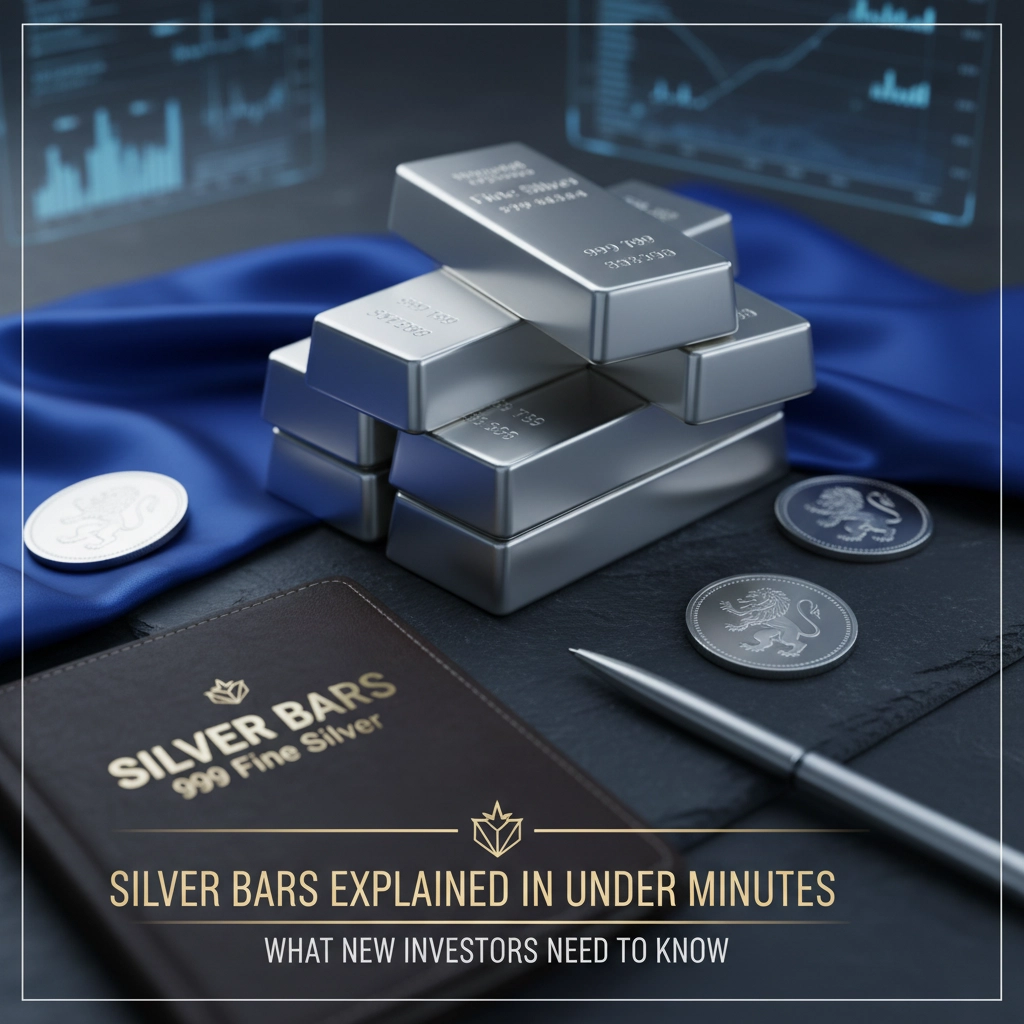
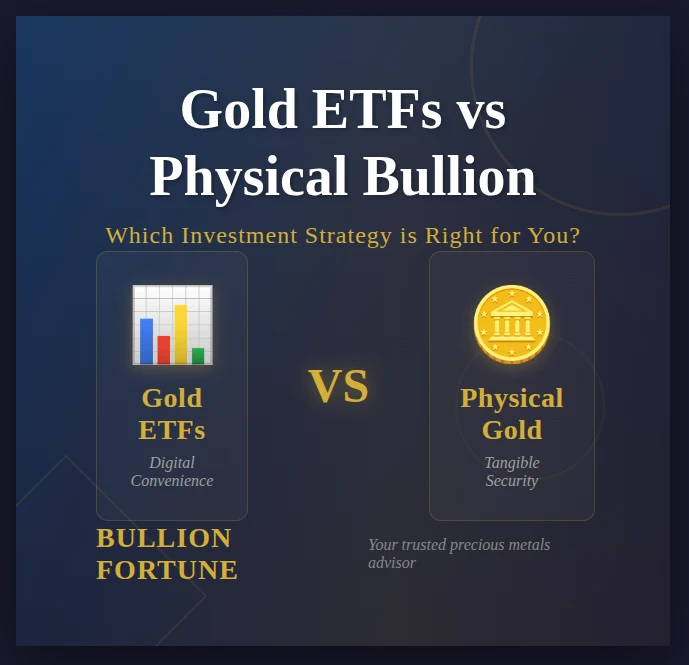
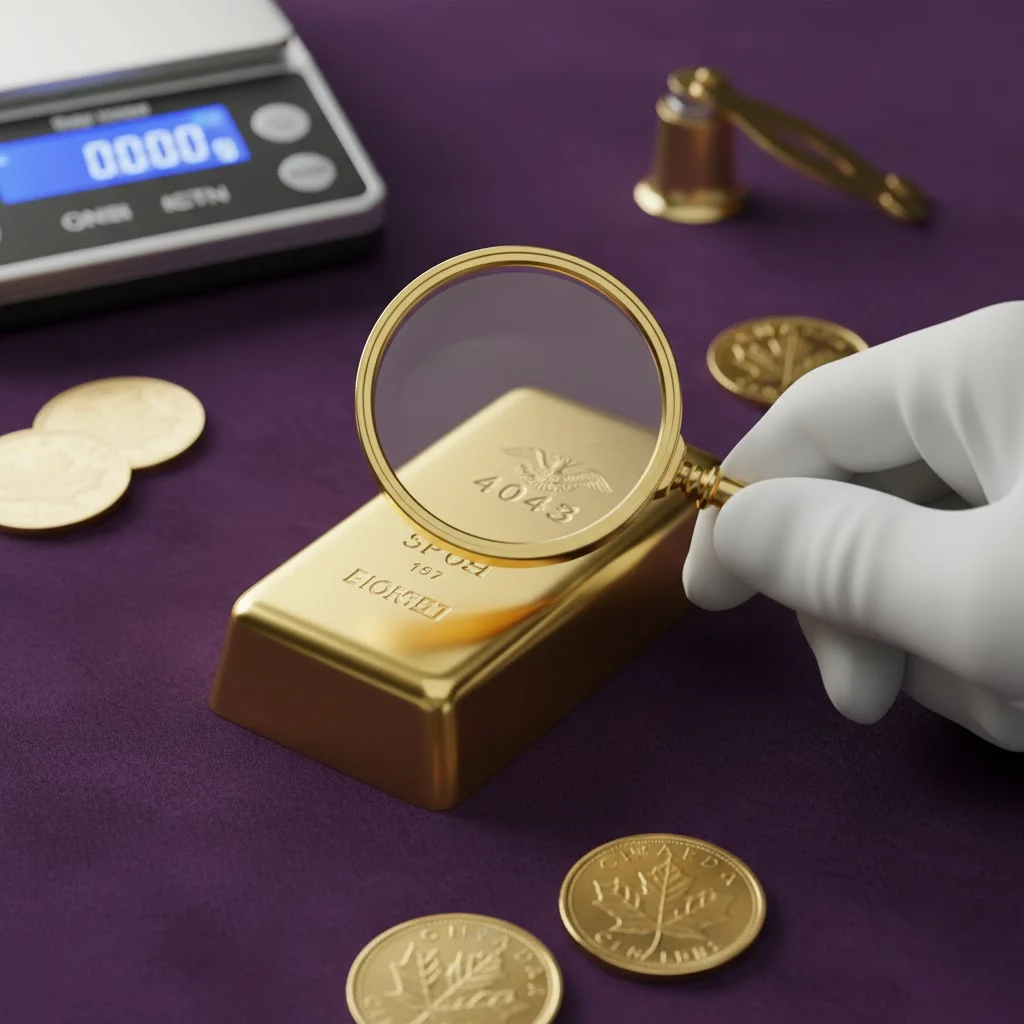
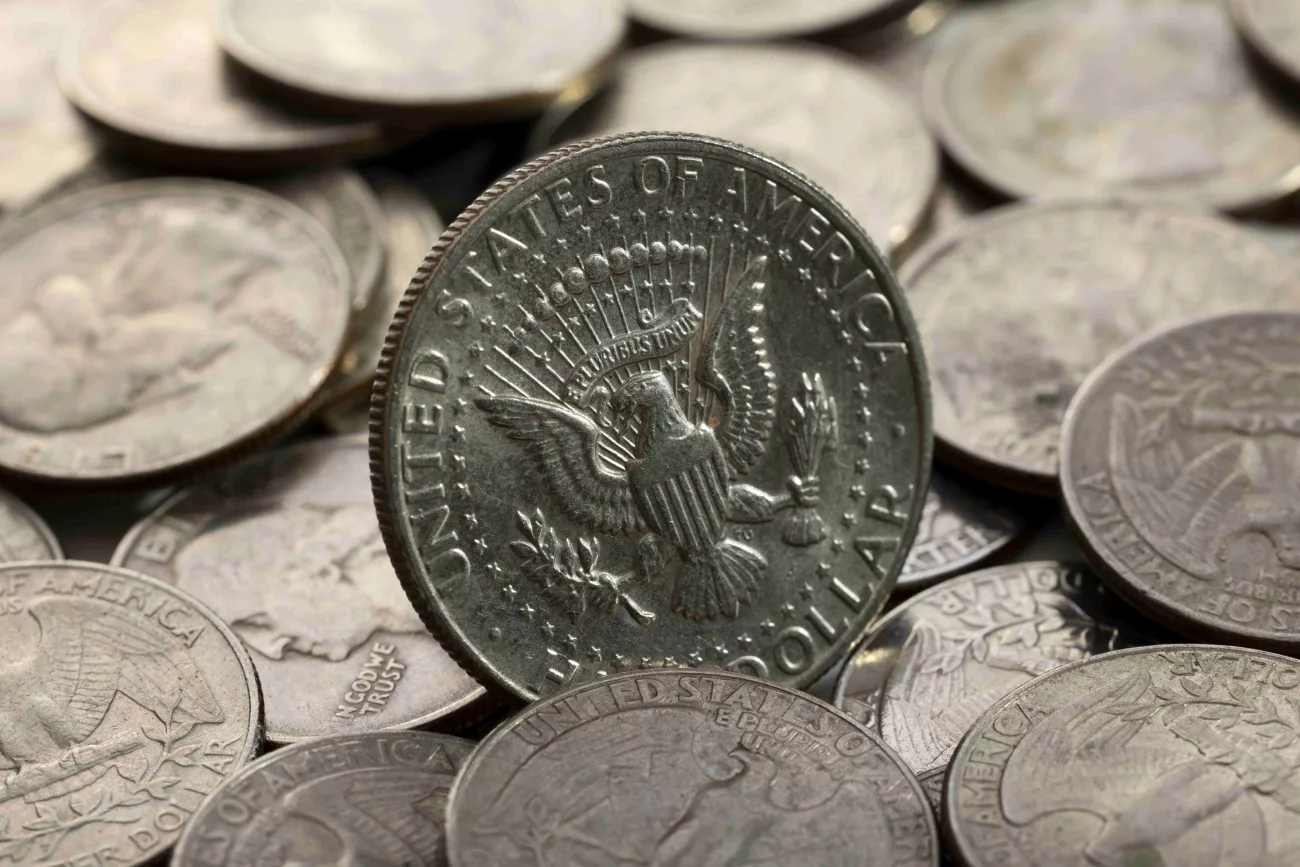
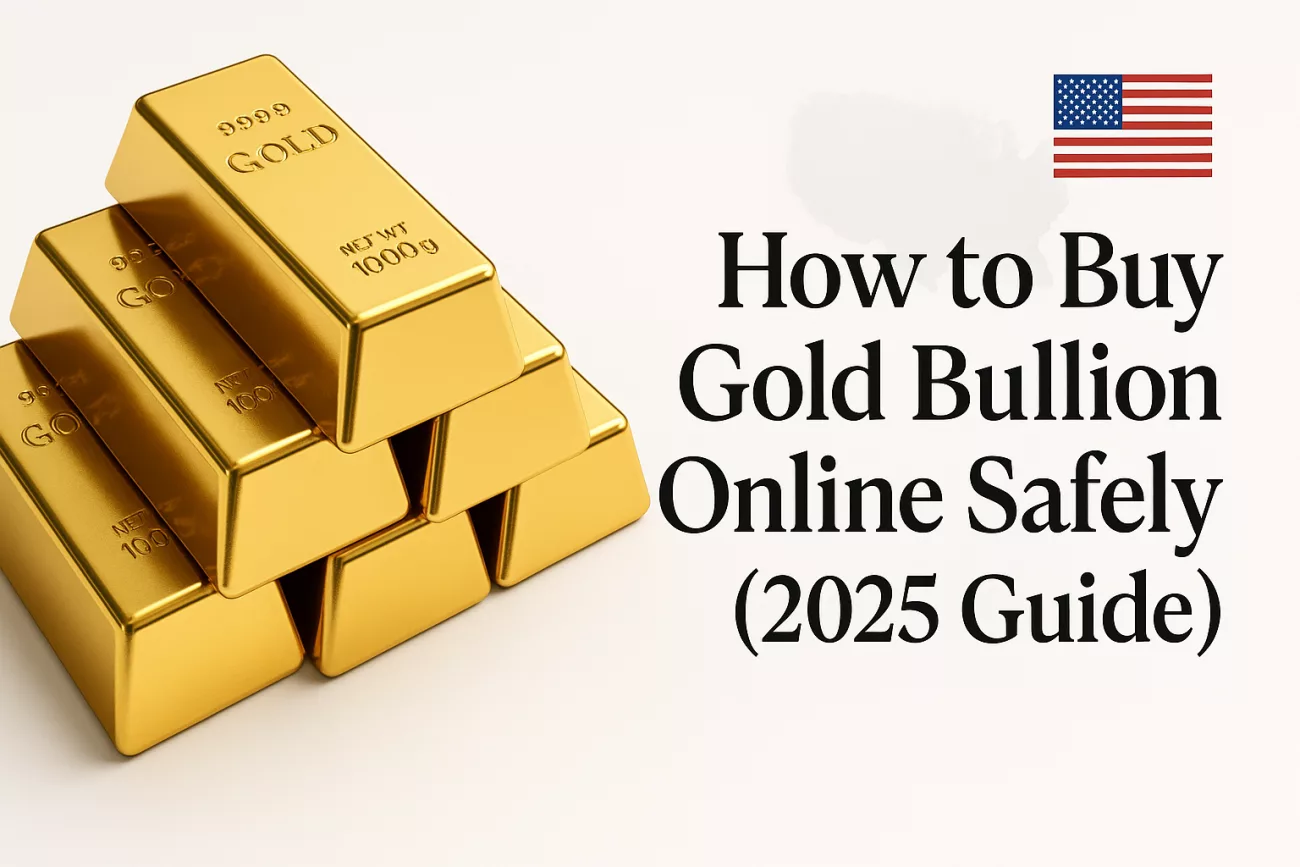
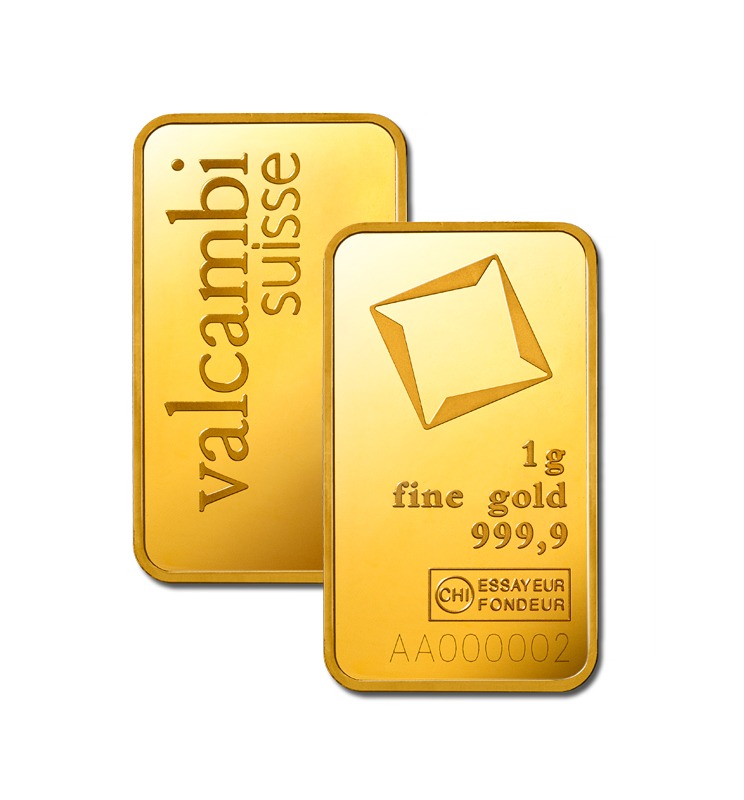

Leave a comment